Cadency Marks
Cadency marks, also referred to as distinctions, differences, or marks of cadency, are used in heraldry to indicate by its addition to an armorial the birth order of a male heir. The cadency mark has been traditionally used to differentiate between different branches of a family which bear the same arms. While the use of cadency marks does at times occur in Continental European heraldry, it is much more often found in British heraldry (i.e., English, Scottish, Irish, or Welsh).
Although the emblems given here are the most common cadency marks, they are not the only way in which generations and branches of families have been distinguished from each other. The bordure has been used as a cadency mark in both Scotland and England. In England the bordure as a difference only indicated that the bearer of the arms was not the head of the family. However, in Scotland the lines of partition are used to indicate birth order, much as the emblems below are used in English arms.
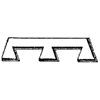
label: eldest son
(during his father's lifetime)
crescent: second son
molet: third son
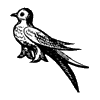
martlet: fourth son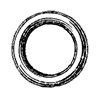
annulet: fifth son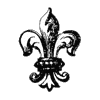
fleur-de-lis: sixth son
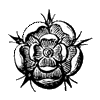
rose: seventh son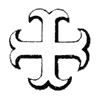
cross moline: eighth son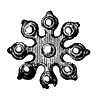
octofoil or double quatrefoil: ninth son
General RBSC Hours
- Mon - Fri
- 9:30am - 4:30pm
- Sat - Sun
- CLOSED
For exceptions and Hesburgh Library information, view All Library Hours

 |
| 